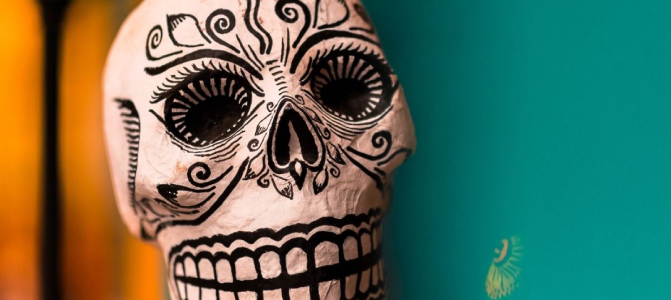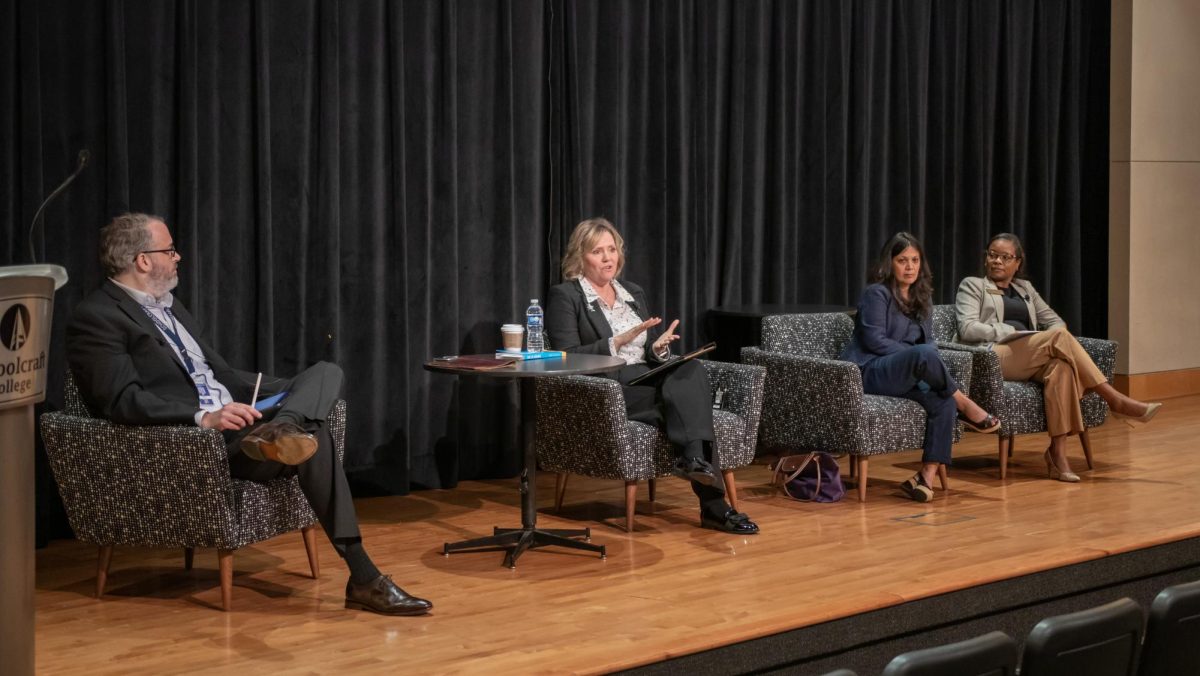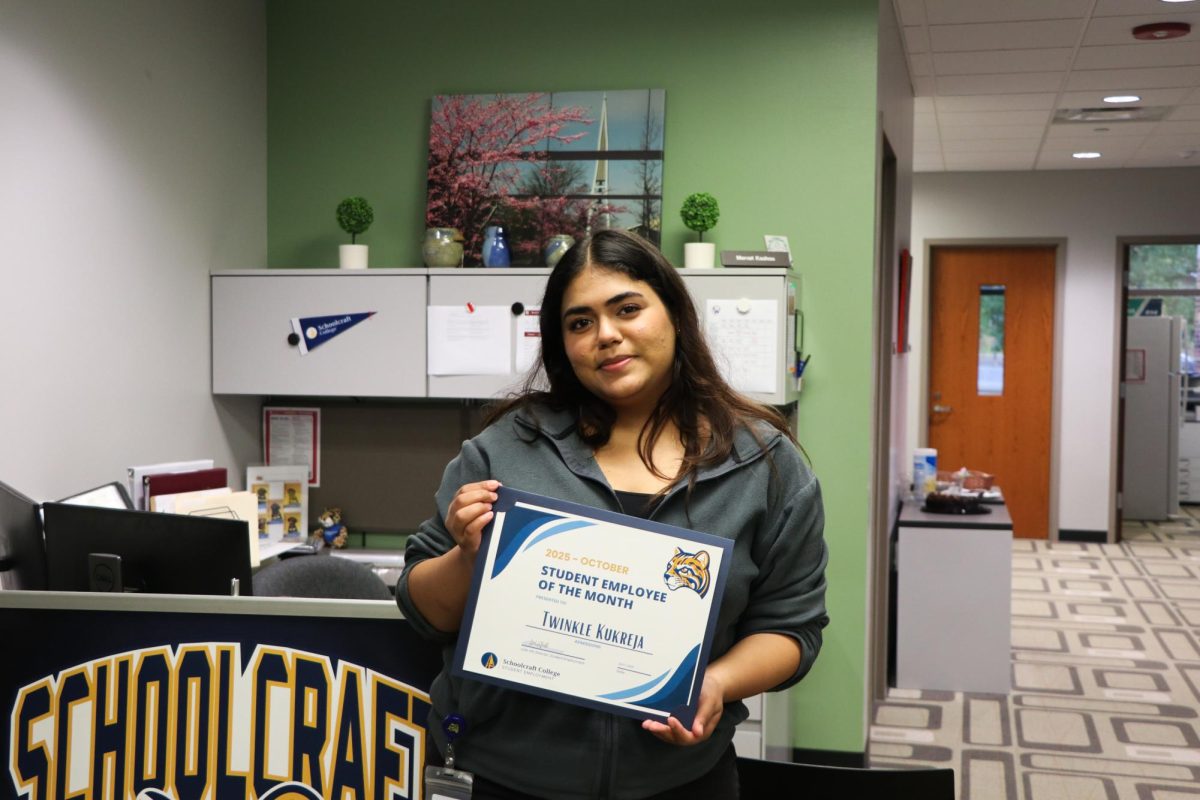Death and memories
Celebrating Dia De Los Muertos with the DIA
October 29, 2022
The Day of the Dead, a phrase that sounds somewhat dark and macabre, instead bringing the nostalgic colors of fall and the smell of freshly baked sweets, flowers and candles. The inviting voices of the ones we’ve lost linger to warm the bitter halls with joy and laughter. Memories of music and singing can be heard in the cemeteries where you see family gather once more; together remembering with celebration the life of the lost. This is the Day of the Dead.
Dia de los Muertos is a holiday celebrated from Oct. 31 to Nov. 2 originally in Mexico and other Latin American countries to celebrate and honor those who have passed away. The dead are said to return to visit their living loved ones during this time of year which is why it is a celebration. One way that this tradition is celebrated is the creation of ofrendas (offerings,) these take the forms of altars or shrines that hold important memories of the people you love.
The Detroit Institute of Arts (DIA) collaborates with local artists and community members to create and display ofrendas in the special exhibitions center right off of the Diego Rivera Court. The Exhibit consists of 14 ofrenda displays from different collaborators such as The Consulate of Mexico, Mexicanas en Michigan and members of Mexicantown Community Development Corporation. Ofrendas can mean many things to many people, some of the ones exhibited honor more legendary Latino artists, celebrities and people that are more well known in the community. Others celebrate the lives of their fathers, mothers and loved ones that passed, some celebrate more grand peoples and groups; those who left work to never come home, pre-hispanic peoples, people lost in war, Mexican women lost to murder and violence, the paths traversed by immigrants, frontline workers and those who have died during the COVID-19 pandemic.
The colors and vibrance of this celebration bring music to the otherwise silent exhibit. The one thing that you see throughout all of the ofrendas is the idea of showing memories. The favorite drink of somebody’s father can be seen poured out to share with him one last time, traditional foods and bread are plated waiting for a bite that will never come, the items people have left behind are kept untouched, making sure the tears, laughter and memories stay with them.
Seeing these altars could affect a person in a way that feels like grief but with happiness lingering on your cheek, that’s how I felt when viewing this year’s exhibit.
I go every year to see the ofrendas of the DIA and community members, and every year I am stunned at the passion and love that every artist shows in their work. I’ve celebrated this holiday for as long as I can remember, and in that time more and more loved ones are called back home with ofrendas of their own. Knowing how much the people that you love would enjoy your pan de muerto that you baked for them and the marigolds that you put around their photo that guides them home brings comfort to the chill of November.
This year’s exhibit at the DIA brings a special moment of remembrance to me specifically; this year, I see the people I love shown for all to see. Both my grandmother and my cousin are remembered in the ofrenda “Covid – Grief from a Distance.” It’s surreal seeing their faces knowing that this time of year is the only time when I can see them again as I remember them. They leave behind memories in the family that still loves them, children and fathers, young and old, distant and close.
The other ofrenda that sticks in my thoughts is from the exhibit titled “Feminicide, the Gray Consequence of Being Born a Woman in Mexico.” While the colors of the ofrendas around it share a celebration of life, this traditional altar leaves the colors in a gray palate, representing the grief for the victims, robbed of their vibrance. One phrase from that ofrenda clings on in my mind, “There are not enough flowers to guide them all.”









